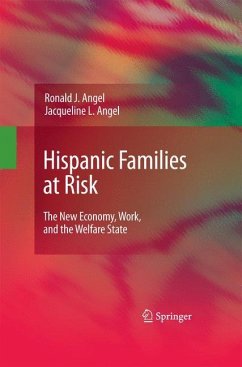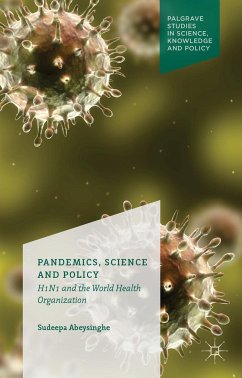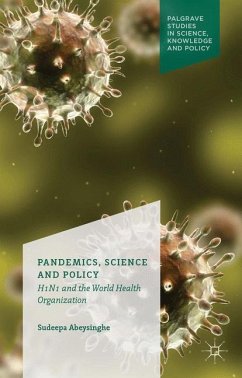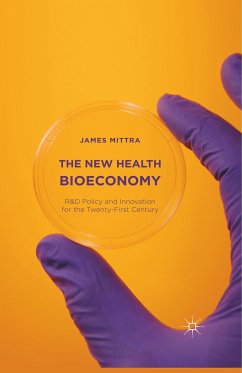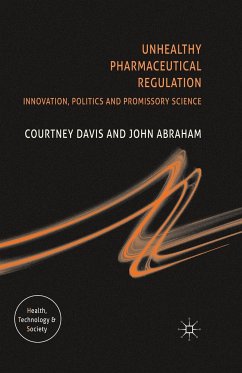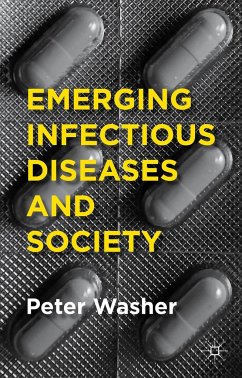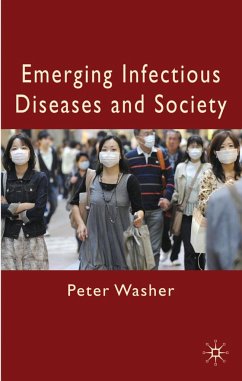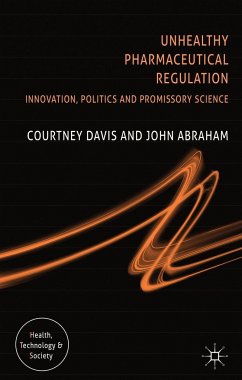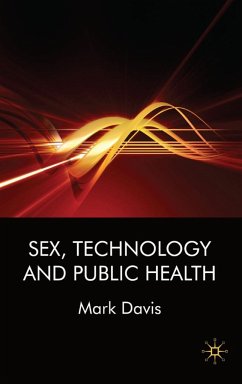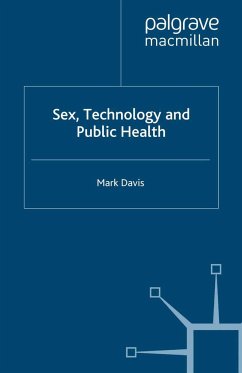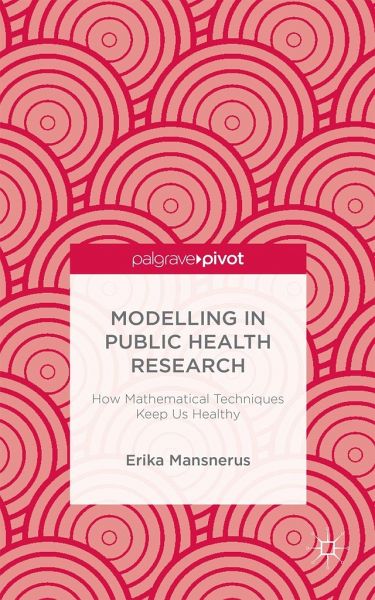
Modelling in Public Health Research
How Mathematical Techniques Keep Us Healthy

PAYBACK Punkte
21 °P sammeln!
This book analyses the development and use of mathematical models in public health research and policy. By introducing a life cycle metaphor, the author provides a unique perspective on how mathematical modelling techniques have increased our understanding of the governance of infectious risks in society.



